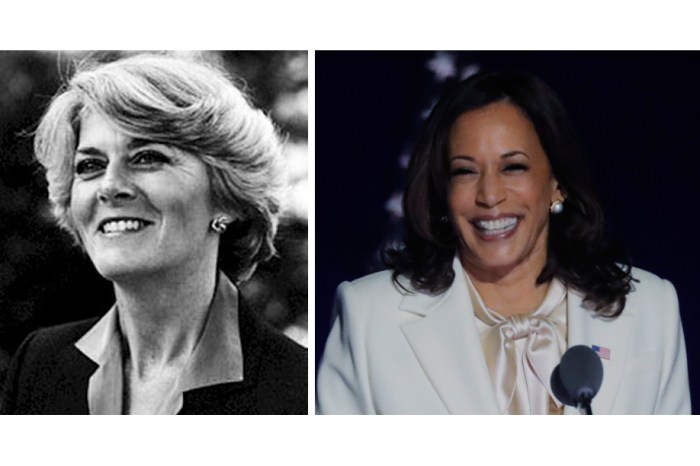Transgender equality is often hailed as the latest frontier in civil rights, as progress that could only be opposed by reactionary bigots. And yet in some areas, transgender issues have caused acrimonious dissension among feminists and gay rights activists.
Earlier this year, tennis legend Martina Navratilova, a proud lesbian for decades, was branded transphobic and expelled from an advocacy group for gay athletes over one such controversy: whether transgender women should have equal access to women’s sports.
It’s a question that is likely to come up in the debates about the Equality Act, which would prohibit discrimination based on sexual orientation or gender identity — legislation passed last month by the U.S. House of Representatives but which is unlikely to make it out of the Senate and is opposed by the White House.
Equality is a fine principle, but what does it mean in athletics, where growing up with male physiology confers huge advantages in strength and speed? Not only are men typically bigger, they also have more muscle relative to fat, longer limbs, and larger hearts and lungs. Navratilova has argued that “it is surely unfair on women who have to compete against people who, biologically, are still men.” She also used the word “cheating,” for which she apologized, but without retracting her views.
This year, the top two finishers in the 55-meter dash at the Connecticut high school girls indoor track championships were transgender athletes, Andraya Yearwood and Terry Miller. Connecticut is one of 17 states where transgender athletes can compete in the gender category they identify with, even without medical intervention (such as hormone therapy). There have been rumblings of discontent from fellow athletes and their parents, who feel biological girls are at an unfair disadvantage.
Rules for adult athletes vary. The Boston Marathon now allows anyone identifying as a woman to compete as a woman. International athletic organizations allow transgender women to compete as female only if they have undergone hormone therapy and their testosterone levels are below a certain threshold. Ironically, this has backfired against some non-trans female athletes with hormonal disorders, like South African Olympic gold medalist runner Caster Semenya, who recently was barred from competing unless she takes medication to lower her testosterone levels. On Monday, a Swiss court suspended the ruling and allowed Semenya to run.
Meanwhile, critics say that even reduced hormone levels do not nullify biological male advantages built up over the years, from bone and muscle density to lung capacity.
What’s fair in sports is a complicated matter. Is the genetic advantage enjoyed by some women and men over their same-sex peers any less unfair than the advantage enjoyed by a transgender woman? Is gender identity any more of a choice than genetics?
Philosophical questions aside, the bottom line is that women compete separately from men for a simple reason: otherwise, athletic opportunities for women and girls would be drastically reduced.
Advocates for transgender equality point to transgender women who have competed in women’s events and not done particularly well. But such individual cases do not refute claims that overall, transgender athletes in women’s sports have a better-than-level playing field.
Some feminists warn that if gender identity by self-identification becomes the legal norm — as the Equality Act would require — mediocre male athletes will declare themselves female just to win competitions, while biological women will be shortchanged. Such fears may well be exaggerated or groundless. But before we drastically change the rules of what it means to be male and female, we would do well to think through the consequences.
Cathy Young is a contributing editor to Reason magazine.
This is a guest column. Mark Chiusano will return in June.

















